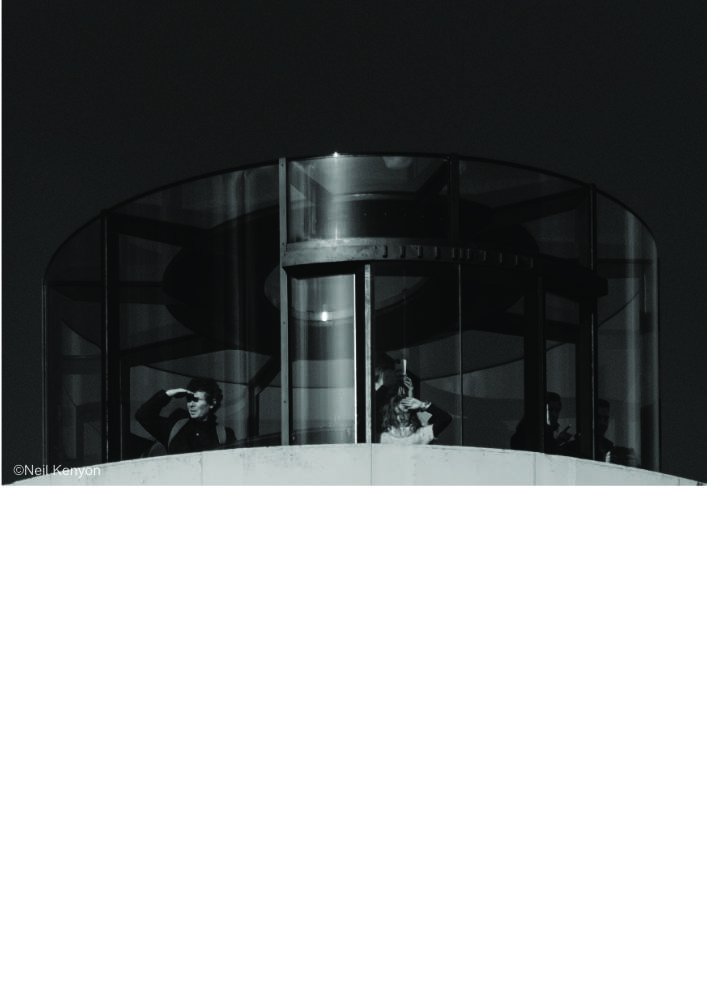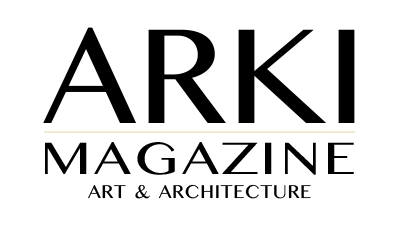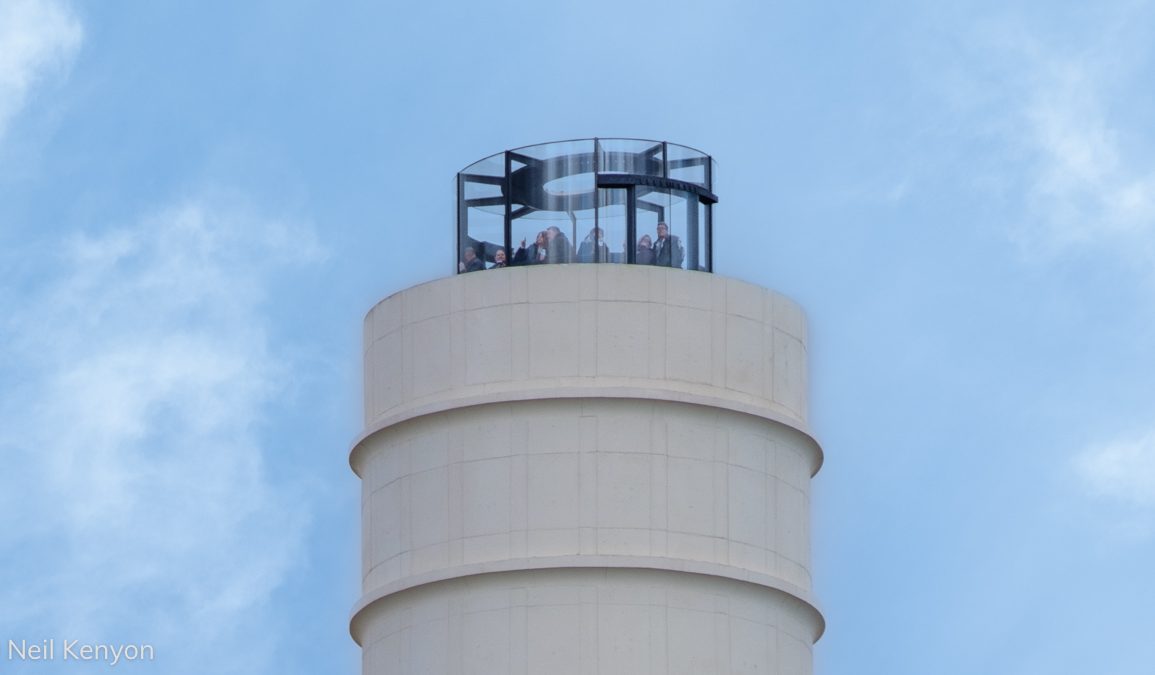In conversation with Bill Evans, the founder/director of D2E, which is the company behind all the lifts and escalators in Battersea power station, including lift 109 (so named as it’s 109 metres up – which i probably should’ve realised but found out during the interview). Bill has just released a book which can be found on Amazon by clicking here.

- Tell me a bit about D2E? Where is the name from and how did you get into the world of escalators and lifts?
“D2E was started 20 years ago. It’s our anniversary this year. When I started the company, I’d left Otis working for them in the States as vice president of product development.
I started to get inquiries from lift consultancies or elevator consultancies, as they call it in the States, was I interested in working for them? The answer was no. And then I thought, you know, what? It’s the only industry I really know, why don’t I actually start something up? I collaborated with somebody in the beginning to start the company. One of the things that I’d experienced, was that in professional services within the construction and property development industry, it’s the norm is to have the company by your name. Famous people like Norman Foster or Richard Rogers – the principal’s name was the name of the company. But I wanted to have a company that had longevity. so if and when I pass away or give up or whatever, I didn’t want the company to fall down. Because ‘Bill Evans’ is no longer here.
So that was the conversation I had; This is a true story: I was over in America with some friends and I was telling them that I’m gonna start a lift consultancy. My ex-colleague who worked for Otis said, “Well, how does consultancy really work?”
I said, “it’s straightforward. What happens is, you get involved in the design, and then from the design you create a specification, you go from the specification to tender it, and then you go to the project, where you get to the project execution, and I drew it on a napkin in this burger bar in West Hartford in West Hertford and he said, “Ah, D to E”.
So I looked at him, and he said, “Yeah, design to execution”.
I said that brilliant “D 2 E”, but we can’t say ‘design to execution’, because, even though it’s a normal way of speaking in America, it’s certainly not a normal way of speaking in the UK. Anyway, that’s how we have D2E today.”
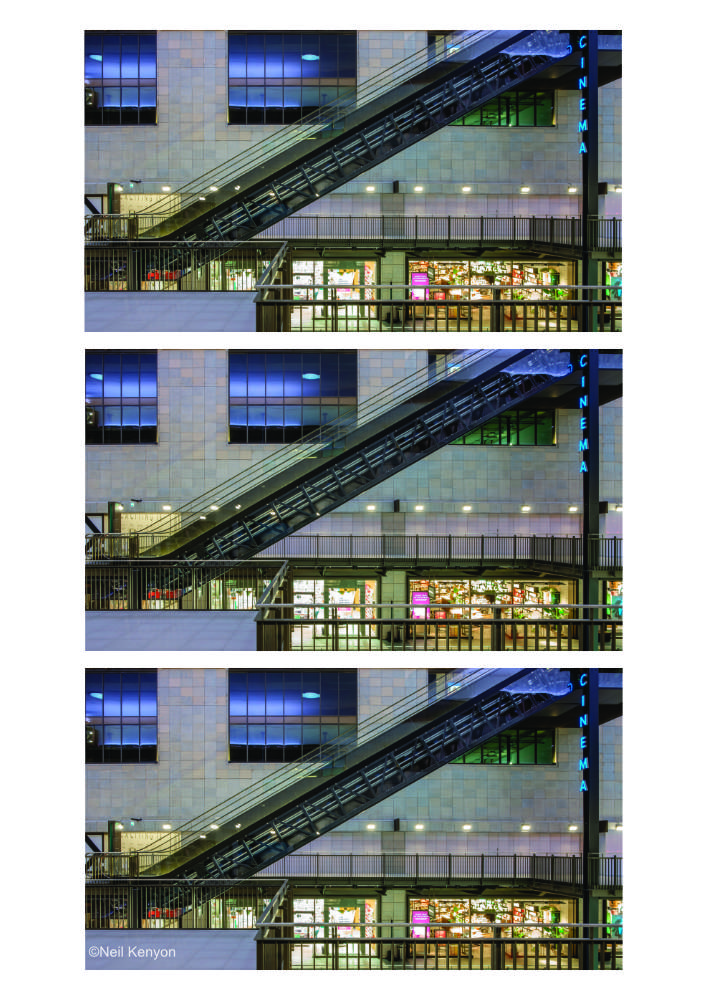

3. The lift in the chimney of Battersea Power Station is clearly a unique concept (as far as I’m aware). Whose idea was it to put a lift in a chimney and what was your first reaction?
You know what? That’s a fantastic question. I don’t know it. I don’t know if it was somebody at Wilkinson Eyre or somebody else. It was actually my co-director that was dealing with it all. And unfortunately, my co-director passed away two years ago…
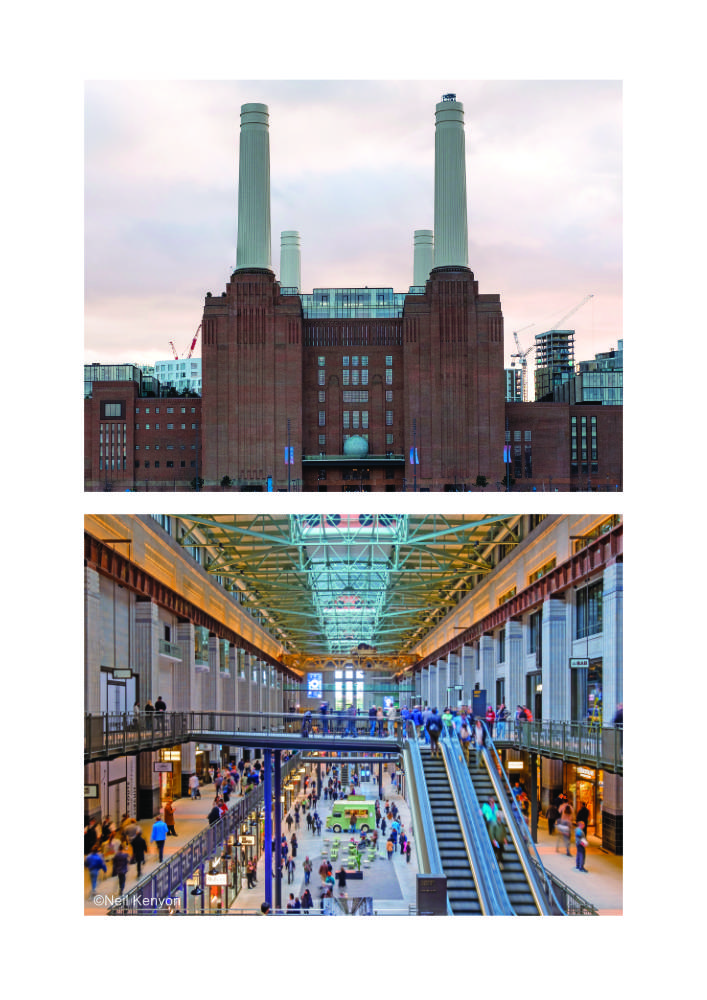
4. How did the design concept materialise?
“Our idea was to set up a design competition, and Robin was quite categoric, he said, “Look, you need to have a design competition and put on the table money for people to do concept design”. So we had five international companies putting forward their design ideas, and design concepts, and it was narrowed down to two. And then we got into design development with the two and then we finalised, it for Otis.
They had a genius solution for evacuation which was that underneath the platform it would carry a small eight-person lift. In the event of a breakdown and if people are stuck, that lift is constantly operational, but it’s being carried up and down underneath. And so the big lift that everyone sees and goes up and down there, they don’t realize that actually underneath it is another lift”.
5. Projects like this are quite spectacular both in design and engineering. D2E works globally – do you often come across interesting concepts like this?
“There’s nothing like this at all”
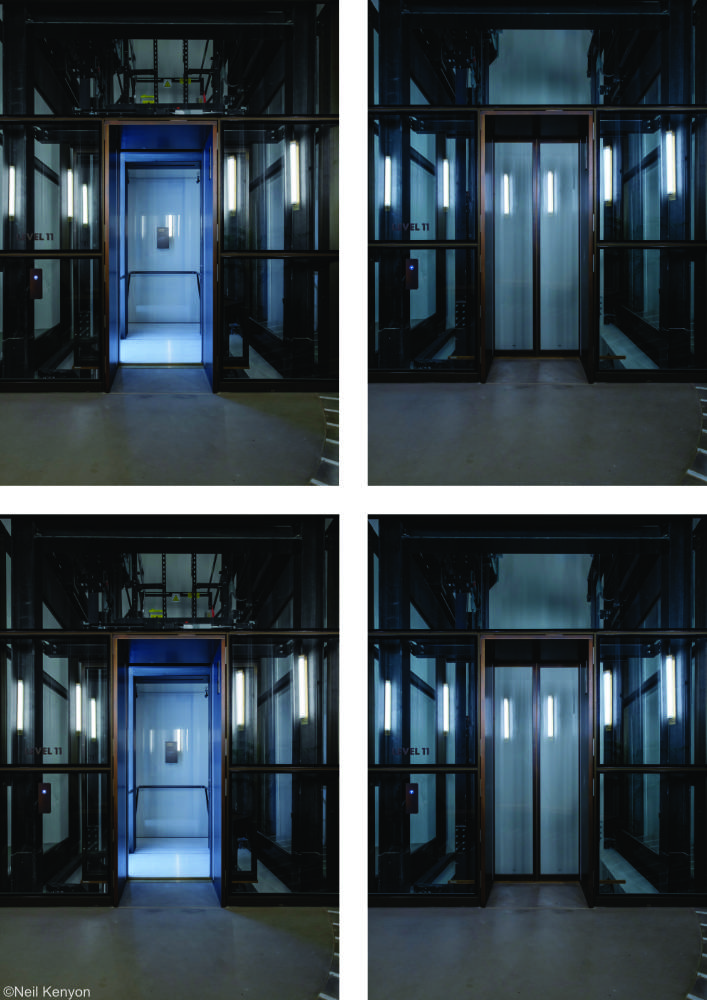
6. How much is technology affecting your sector? Or is it?
Artificial intelligence was brought in some years back and quite a few companies have used AI for quite some time. And, for example; you know that on a Monday, three o’clock, everyone’s going off to tea. So with that sort of information you obtain, smarter methods are developed.
But as I say, with the IoT, you’ve now got, you can now have information on every floor, How long people are waiting, how many people are waiting, all of those things. Its all quite sophisticated. And so that’s what’s happening is that people are designing lifts, where you’ve got two lifts in one lift shaft, that’s known as the twin system, ‘double decks’, where you’ve got two cars going up and down. So they serve the ground floor and the first floor at the same time So you’ve got a lot more technology going in. And of course, the other big thing, which is really, really, topical is sustainability.
If I start with energy, the energy usage of lifts – they do take a lot of energy. If you’ve got big motors, you’re going to use a lot more energy.
So why would you use a big one when you could use a small one? Because the reality is, is the weight in which you’re carrying, and designers are looking at reducing the overall weight of the installation..
To view the interview about Lift 109 and D2E, the Zoom interview is available on YouTube
